Uganda first to sign up for latest African power initiative
July 27, 2018—Independent Power Producers (IPPs) are being offered an incentive to develop small scale renewable energy projects in Uganda after two international financial institutions have pooled money to help limit investment losses.
On Friday, Uganda became the first country to sign up to this latest scheme to accelerate electricity availability across the continent. The Regional Liquidity Support Facility (RLSF) will offer protection to new small and mid-sized renewable energy projects (up to 50 MW) in sub-Sahara Africa.
With an initial $74 million already in place, RLSF is a joint initiative of the African Trade Insurance Agency (ATI), a pan-African and multilateral guarantor and KfW with funding from German Ministry of Economic Cooperation and Development.
The RLSF is intended to protect IPPs against the risk of delayed payments by public off-takers. This type of guarantee is a common requirement from the banks that fund the projects. Many projects have failed in the past to access funding because this guarantee was not available.
Finance minister, Matia Kasaija said at the formal signing, “Uganda has a solid history of supporting our public concession with upwards of $500 million spent in the last decade on improvements to the grid. With this agreement, we see RLSF providing a perfect complement to our on-going strategy of accelerating the delivery of clean energy to the national grid.”
Under the RLSF program all renewable IPPs that have not reached financial close, as well as new IPPs can apply for the product.
ATI chief executive officer, George Otieno said, “RLSF is a tool that can ensure more renewable energy projects reach financial close. For Africa, small and mid-sized projects may be a better fit to the current environment requiring less financing and they can be implemented much quicker. This could be a model that works in many other African markets that may just pave the way for an expansion of the facility or other such initiatives.”
KfW Development Bank is Germany’s leading development bank and an integral part of KfW. It carries out Germany’s´s financial cooperation with developing countries on behalf of the Federal Government. Founded in 2001, ATI provides Political Risk, Surety Bonds, Credit Insurance and Political Violence and Terrorism and Sabotage cover.
Uganda is seen as an ideal market based on the relatively high number of viable IPPs. The country has also benefited from the GET FiT program, which is an existing energy-sector initiative managed by KfW on behalf of the Uganda government, that supports countries to develop a standardised set of documentation for power projects and an enabling regulatory framework for IPPs. This gives the necessary comfort to developers and lenders to invest in renewable energy projects. GET FiT has been a success in Uganda, attracting 19 IPPs in the last five years.
The World Bank estimates that the continent needs to generate annual capacity of 7,000 MW but such a ramp-up in generation capacity cannot be achieved without private sector participation. The RLSF, as a pragmatic option, could therefore become a more widely used solution to solve Africa’s energy deficit challenge.

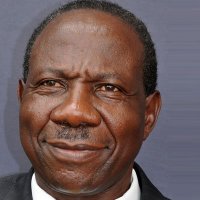
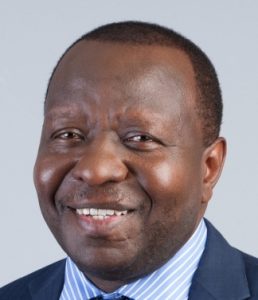
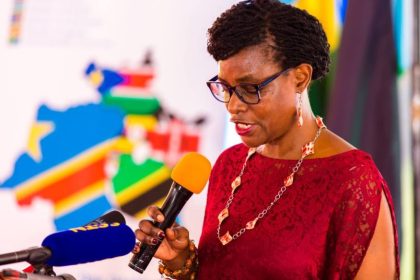 TradeMark Africa introduces new App to limit EAC trade barriers
TradeMark Africa introduces new App to limit EAC trade barriers
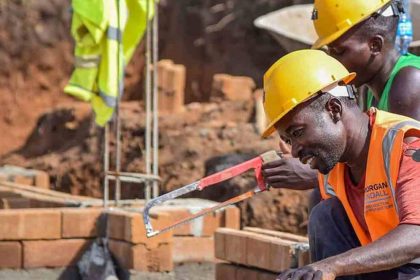 Employer hiring up during November as Stanbic PMI rises to 53.4
Employer hiring up during November as Stanbic PMI rises to 53.4
 Shell Club rewards first winners with brand new motorbikes in Mbale
Shell Club rewards first winners with brand new motorbikes in Mbale
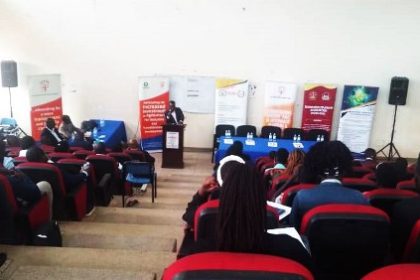 CSBAG roots for increased funding for renewable energy
CSBAG roots for increased funding for renewable energy
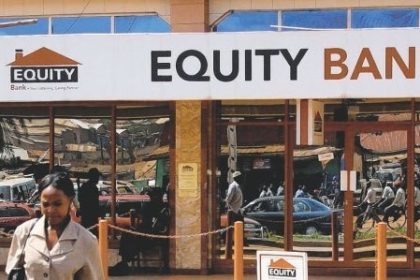 Equity walks tried and tested path to deliver solid half-year
Equity walks tried and tested path to deliver solid half-year
 Nile Breweries primes retailers for brave new world
Nile Breweries primes retailers for brave new world
